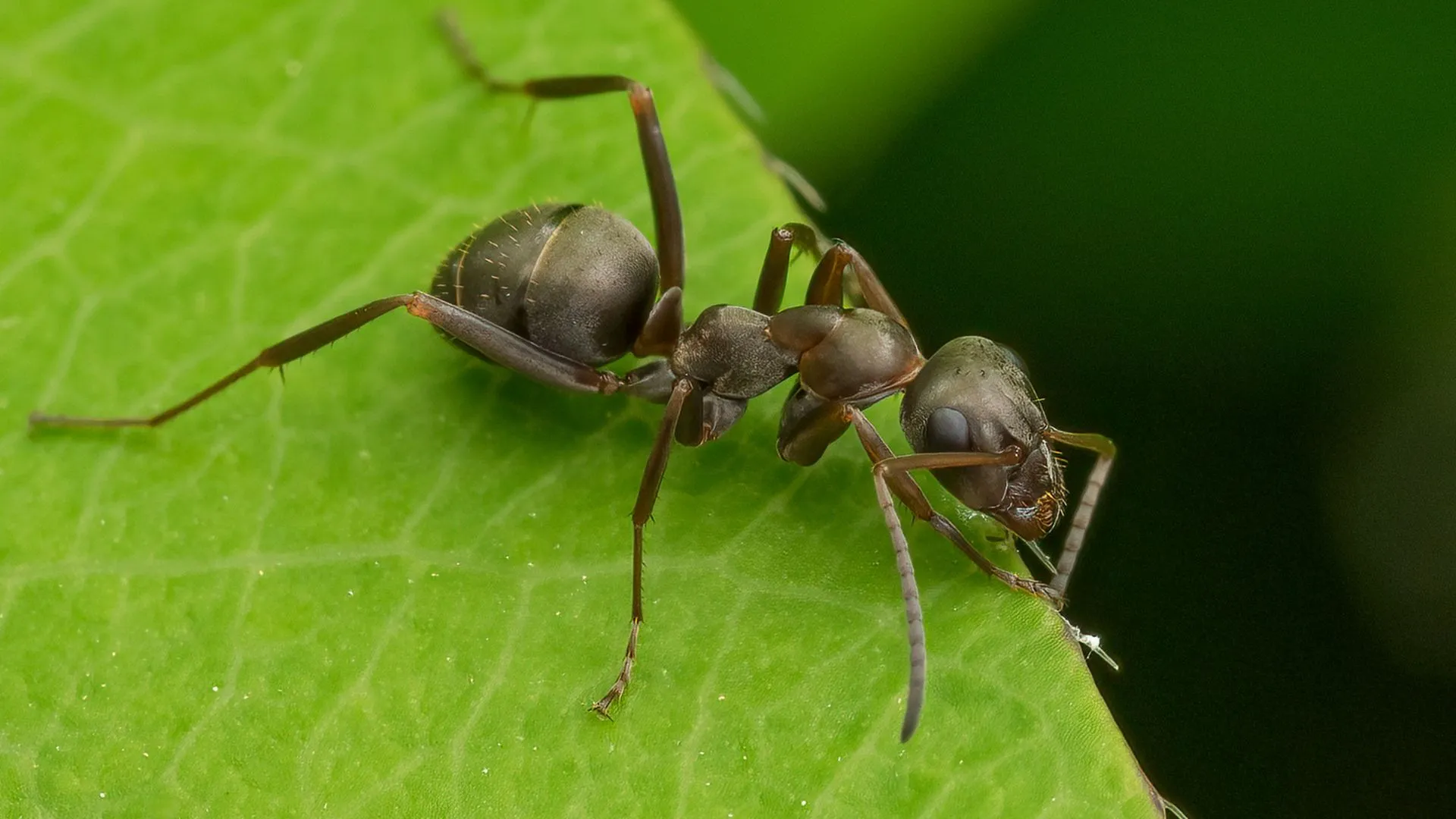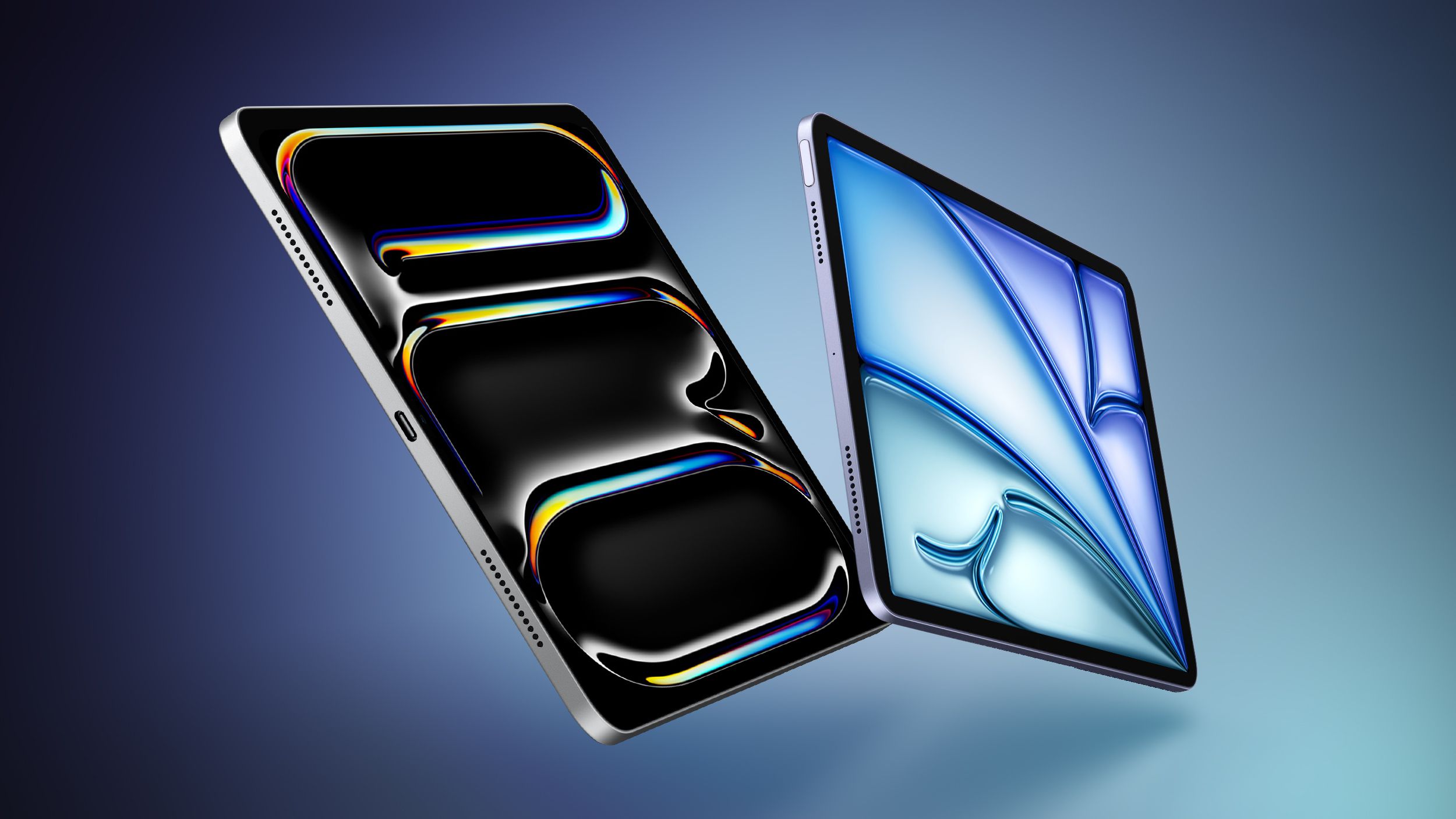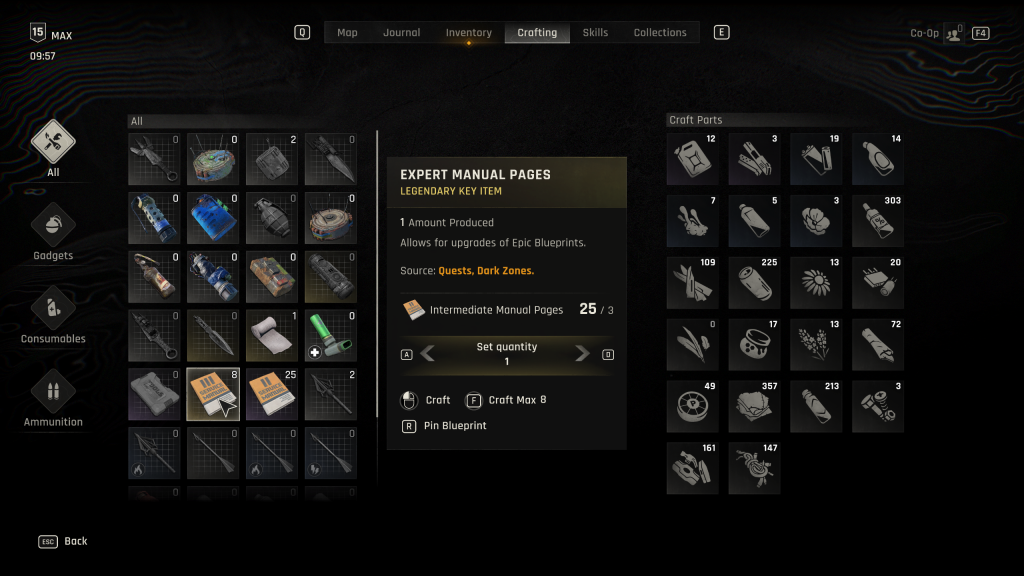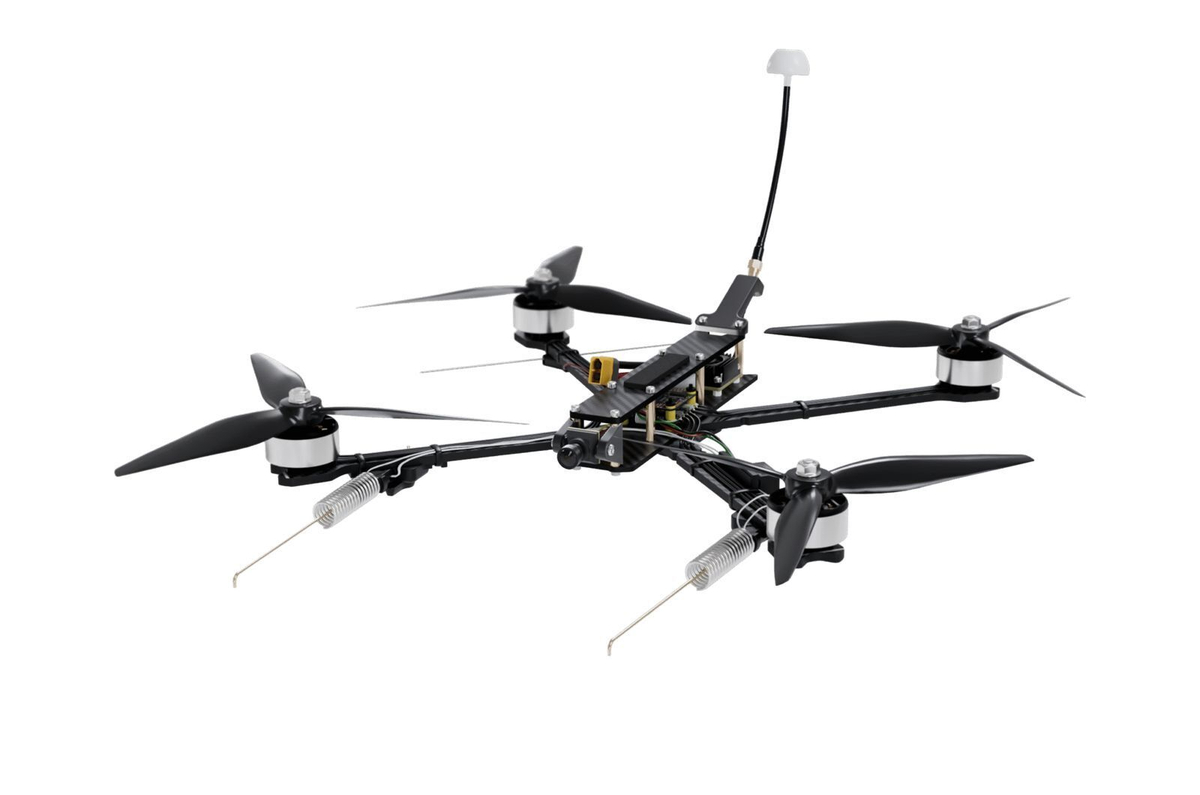
Chinese researchers have created a new generation of triple-response, amphibious soft robots designed for diverse environments.
These robots mimic the superb agility and adaptive skill of nature’s finest movers, like ants and whirligig beetles.
The team from Guangdong University of Technology and Guangdong Polytechnic Normal University in China announced the development on September 29.
One day, tiny robot swarms, not bulky machines, may help in the future of disaster response, environmental monitoring, and medical procedures.
Artificial muscle
In recent years, the interest in soft robotics has exponentially increased.
For instance, last year, South Korean researchers developed tiny robot swarms that used magnetic fields to achieve tasks like transporting objects and unclogging tubes.
These machines are designed from “compliant materials” that can deform, squeeze into tight spaces, and interact safely with delicate objects.
At present, most soft robots are limited to specialized roles. For instance, the robots react to a single trigger (such as light or heat) and are restricted to a single environment, land or water.
Attempts to combine these capabilities often resulted in conflicting signals and unreliable performance.
“The primary challenge, therefore, has been to develop a unified system that can harmoniously integrate multiple environmental ‘senses’, enabling a single soft robot to adapt and perform coherently across the dynamic boundary between water and land,” the researchers explained in the press release.
The team was inspired by how insects continuously and synergistically interpret their surroundings.
The goal was to create a soft robot that could sense and react to several environmental signals all at once.
This led to the development of a multi-layered composite film acting as an advanced “artificial muscle.”
Interestingly, the new design neatly keeps the robot’s different responses separate, solving the interference problem that limited past robots.
The robot uses strong rolling gait
The newly created robot weighs just 8 milligrams.
The fabrication process begins with a common polyimide (PI) film, chemically modified to create a layer of polyamic acid (PAA) highly responsive to changes in temperature and humidity.
A separate silicone rubber layer, embedded with neodymium iron boron (NdFeB) magnetic particles, is bonded to the PI-PAA film.
This “triple-layer sandwich” provides a powerful trifecta of responses: temperature, humidity, and magnetic fields.
On the water‘s surface, it achieves speeds of up to 9.6 cm/s — a “performance comparable to actual whirligig beetles.”
The robot uses a strong rolling gait when steered by a rotating magnetic field. This movement allows it to master various terrains, including climbing slopes and transitioning between water and dry land.
Interestingly, it is also strong enough to carry a payload 2.5 times its body weight.
The robot proved its capability by transporting a small pebble across challenging terrain, moving from water to land and back to water again.
In this test, the robot released its cargo precisely by responding to a brief pulse of near-infrared light. The light generated heat, triggering a shape change that made the robot unfold.
After this, the robot returned to its original shape and retreated under magnetic guidance, completing the full cycle of pick-up, transport, and targeted delivery.



